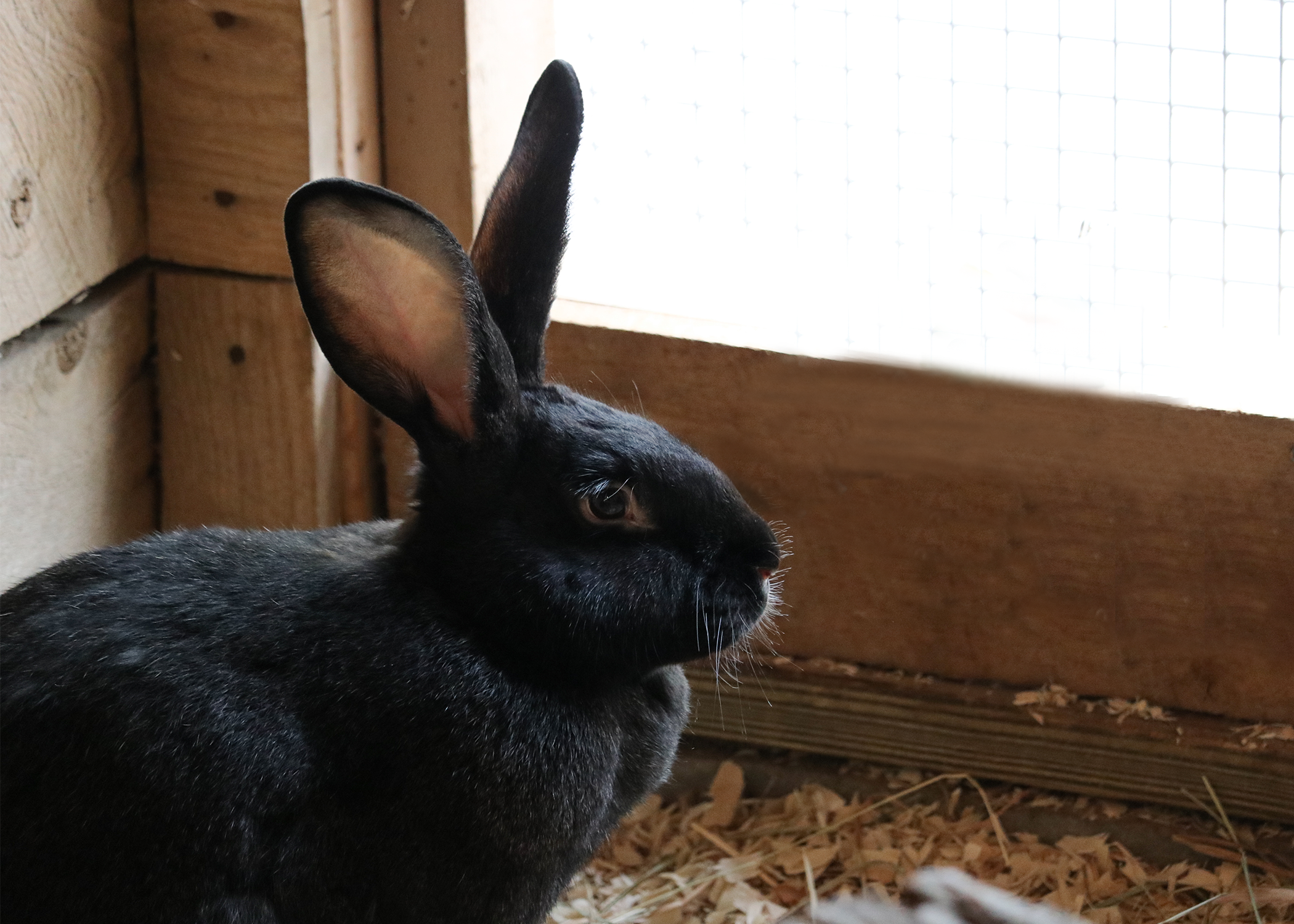I LIVE IN EUROPE
Flemish giant rabbits are native to Flanders, the northern region of Belgium.
I AM AN HERBIVORE
A Flemish giant rabbit should be eating its weight in hay every single day. Their diet can also include fresh vegetables.
FLEMISH GIANT RABBITS ARE SOCIAL
Flemish giant rabbits are social animals and are often most comfortable when they have companions. If soil conditions and forage supply permit, they prefer to live in groups in large, complex burrow systems. A typical colony consists of six to ten adults
FAMOUS RELATIVES
Some believe the Flemish giant rabbit is a descendant of the Patagonian giant rabbit, an extinct species of rabbit known for its large size.
HELPING THE FLEMISH GIANT RABBIT IN THE WILD
By visiting the Fort Wayne Zoo, you are supporting local, regional, and global conservation. A portion of every ticket sold goes towards conservation of wildlife and wild places. Each year, the Fort Wayne Zoo donates over $250,000 to our conservation partners.
I AM IMPORTANT TO MY ECOSYSTEM
Flemish giant rabbits play a very important role in keeping the flora in check. They are also a prey species, meaning they are an important food source for predators.

